Sick riffs, brah!
When riffing in the kitchen at home (say, when you are making these pancakes), it's important to know what goes with what, how things look when they are done properly, and other high-level indicators that you haven't burnt your kitchen down around your ears. When you get the hang of it, cooking can become an almost unconscious activity, centered more around maintaining one's self than playing and experimenting. This is completely fine, but it's also fun to know a few tricks regarding amping up the flavour of your dishes; Knowing how to make flavours pop, and how to bring out more of a certain element of a dish, can keep you curious in the kitchen.
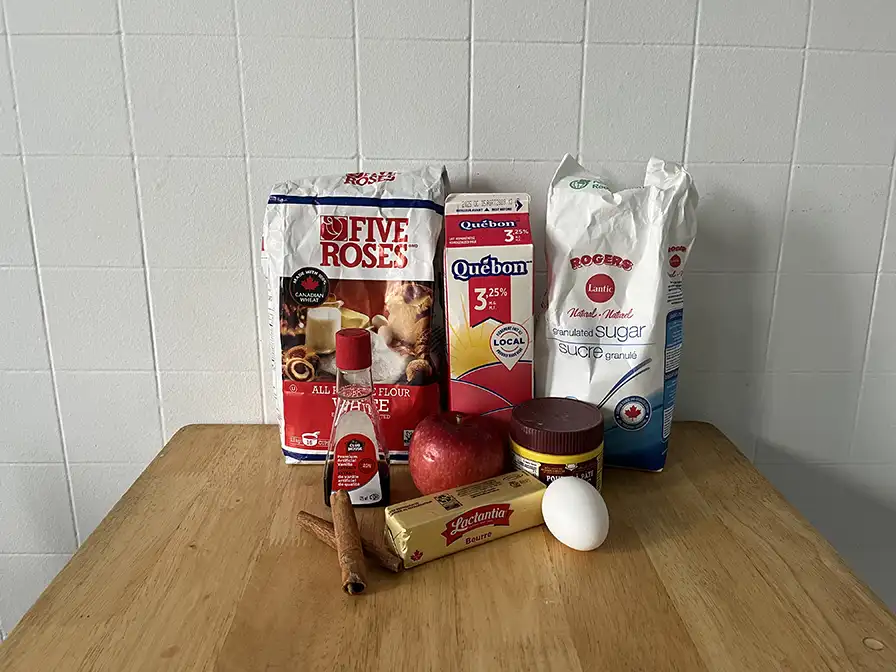
You will have read some of these tips on this blog before - that's because their efficacy has not diminished since we first wrote them here, discovered them personally, or tasted them for ourselves.
Browning Butter
We are all afficionados (afficionadi?) when it comes to browning butter now, especially after the myriad posts on this blog that describe the process. The cliffs notes are: put butter in a saucepan on heat, and leave it there until the butter is foamy and a slight brown colour. The milk solids will toast, and result in a nutty, deeper flavour than if the butter was not browned. These flavours are not appropriate for all dishes of course; some dishes require the lighter flavour of untoasted butter. But usually, browned butter is a welcome addition to dishes savoury and sweet.
Proper Seasoning (Salt and Acid)
Proper seasoning is obvious, but crucial. If you are tasting your dish, and the flavours are slightly muted, try adding a bit more salt and tasting again. Is the taste more clear, or is it the same but slightly saltier? If the flavours are the same, maybe salt isn't the answer (and maybe more acid is); maybe the dish needs more sugar, a common ingredient in shanghai style dishes (along with soy and oil). However, we find that a bit more salt is usually what is needed to provide a brighter, more distinct clarity between flavours in a dish.
More Seasoning
The voluminous selection of spices, herbs, and peppers one can add to a dish is understandably daunting. We are here to tell you: spices and herbs are your friends, and your cooking will improve if you get to know them better. A great way to experiment with different flavours is to try them in the context of an omelette or over easy eggs. Perhaps you don't know which herbs go with each other: we suggest using this as an opportunity to research other global cuisines. Cumin and cardamom are ubiquitous to a lot of curries, but cumin and oregano can provide a central-american flavour profile. Swap out the curry for thyme, and you are approaching something slightly mediterranian (especially with a hit of lemon or vinegar). Learn about where your spices come from, and how they are traditionally applied: then use more of them. If you really want to take it over the top, finish your savoury dish with MSG - it will surprise you how good it tastes (and may have been the "secret ingredient" your grandma added to her most famous meals). Unapologetic flavours require enough spices and herbs to sing, so adjust your seasonings as you go. This leads us to our next tip.
Taste As You Go
You will more clearly understand what your dish needs if you taste it as it cooks. Sure, you need to be careful when cooking with raw meat or eggs, but if you are sauteeing a sofrito, taste and add salt until that sofrito is vibrant and savoury (or in other words, a strong base for the rest of your dish). Tasting as much as you can informs you as to what's actually happening in the pan, rather than a recipe being one big trust fall. You can also tell a lot about a dish by simply getting close to it as it cooks and smelling (Unless it's bacon, in which case keep your distance). If it smells good, there's likely enough seasoning. Doesn't smell like much? Try adding some salt. Gather information, then adjust accordingly.
Maillard Reaction
The Maillard reaction is a common refrain on our blog for a reason: it is one of the best ways to add flavour to any dish, savoury or sweet. We've explored many uses for it on this blog, but another is toasting your flour before baking with it: toasted flour and grains is a fabulous way to add a deeper nuttier flavour to your cakes and pastries, IF that is a flavour you want to be present. Sometimes, less is more in the kitchen, especially when dealing with more delicate flavours.
Whole Dairy vs Skim or Partial Fat
If you are to use milk for a recipe, using the full fat version is a solid way to amp up the flavour of your recipes. There are many conveyors of flavour (amino acids, glutamates, etc) but at the top of that list are the compounds within fats, whether they be vegetal or animal. Fat allows you to add more salt to a dish, enabling you to have brighter and bigger flavours in your cooking. This is why pork does so well with curing - the fat content of a cut of pork will cut the salt in the curing, allowing for a bright-yet-rich, pleasing flavour to present itself. So, when making these pancakes below, try using a homogenized full fat milk and witness it's effect - you won't be disappointed.
Tying It Together
Right, it's great to read all this in a list, but how does this work in real life? Well, First we decided we wanted something warm and comforting (read: maybe a bit heavier) for autumn, and slightly on the sweet side. Pancakes sounded like a great fit, and it was a short leap towards mixing autumnal ground spices and apples into the batter. As well, these are pancakes, so there will be butter in that butter: what if we browned that butter? To ensure the apple cooks through, we shredded it into the batter. This recipe also calls for milk: if we use whole milk, then we can balance the fat by using more salt and ground spices, so long as the batter remains the correct consistency. When frying these pancakes, we made sure the heat was high enough and the batter spaced out enough to brown the sides of the pancake quickly and get them somewhat crispy. The result was satisfaction: spiced, apple-y, crispy pancakes with a bit of maple syrup, on a crisp fall morning in Montreal.
The best part about this list is that it is by no means exhaustive: We haven't touched on caramelizing, smoking, curing, pickling, fermenting and myriad other ways to enhance flavour in dishes. For now, we leave these other methods and more for you to explore on your own (though we're sure we'll write something about these techniques at some point). For now, let's get into the details of how to make these pancakes.
How to Make it
Dry and Wet
First, brown the butter in a pan. Let it cool down all the way before adding it to anything else.

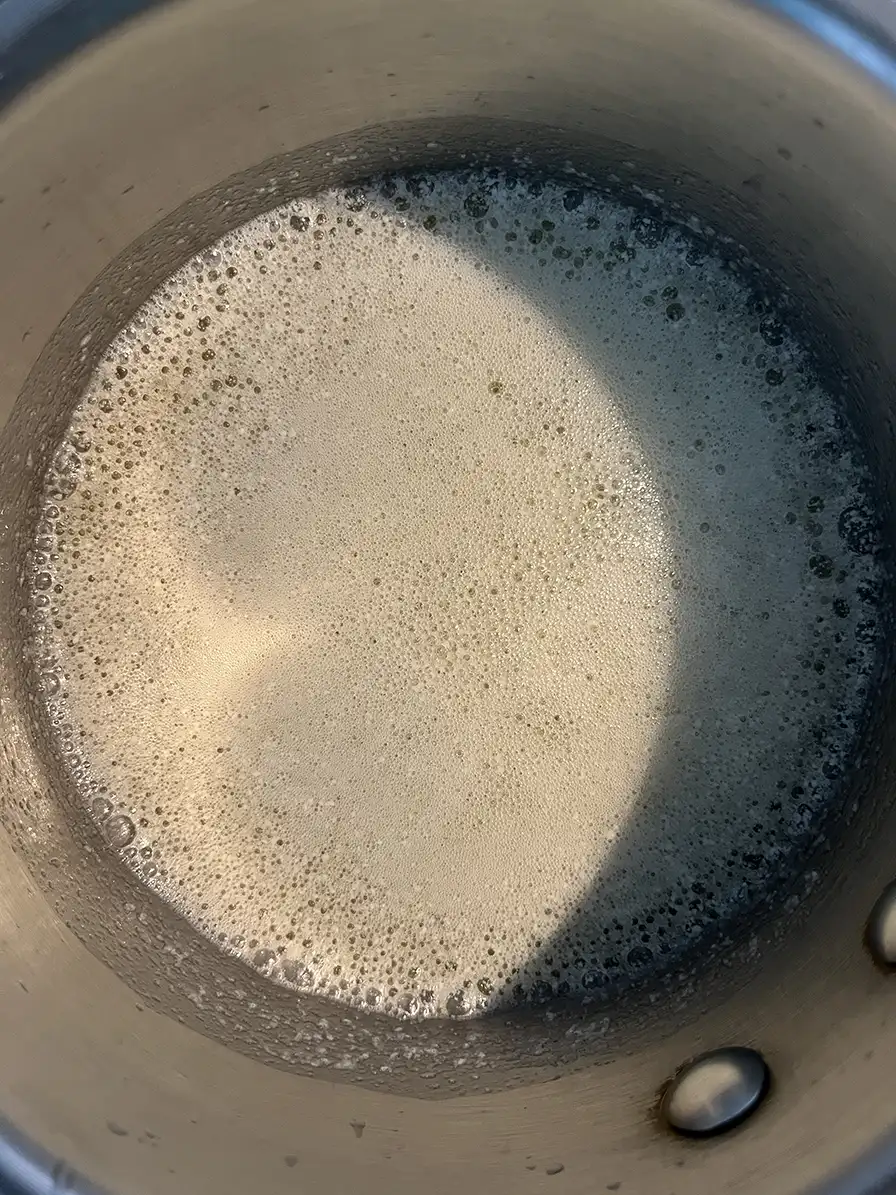
While the butter cools, grab a large bowl and add your dry ingredients: flour, sugar, cinnamon, baking powder, baking soda, and salt. Whisk this until it is uniformly mixed and set that aside.
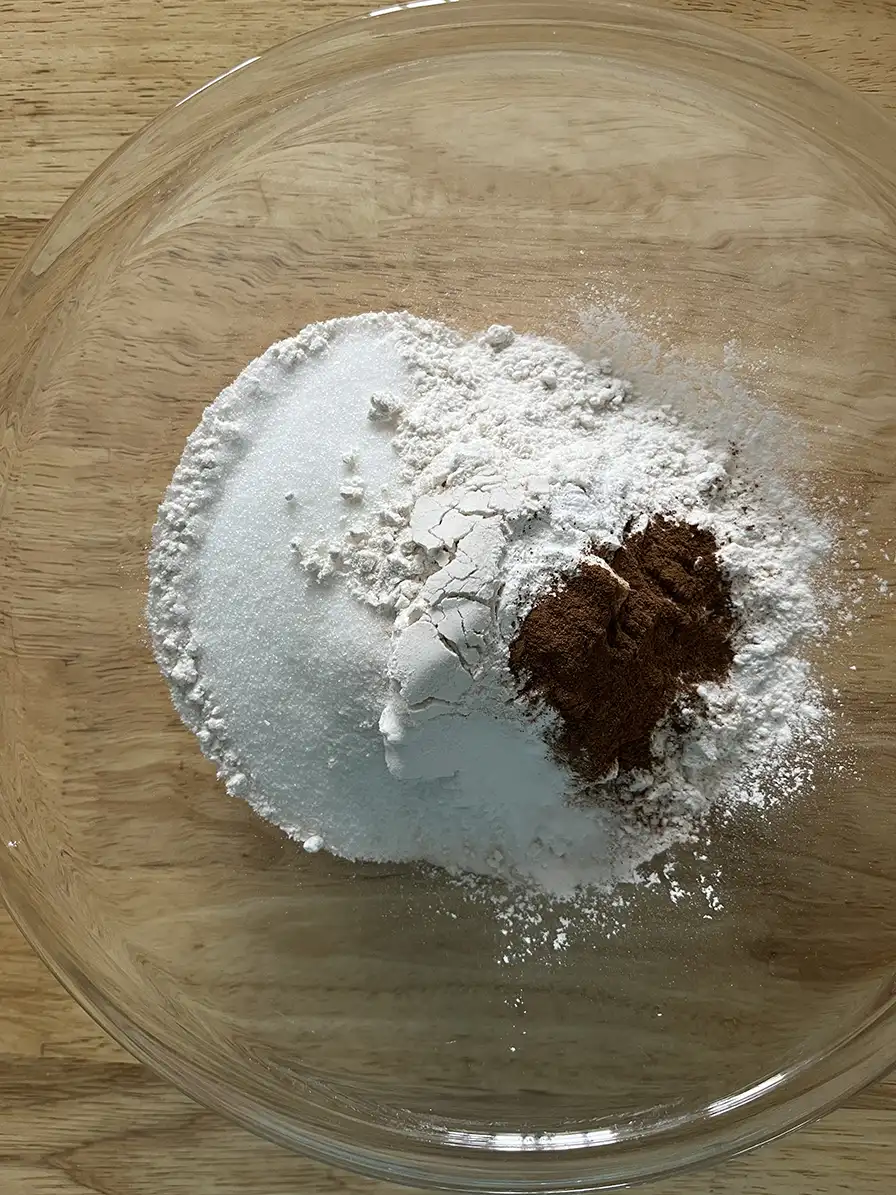
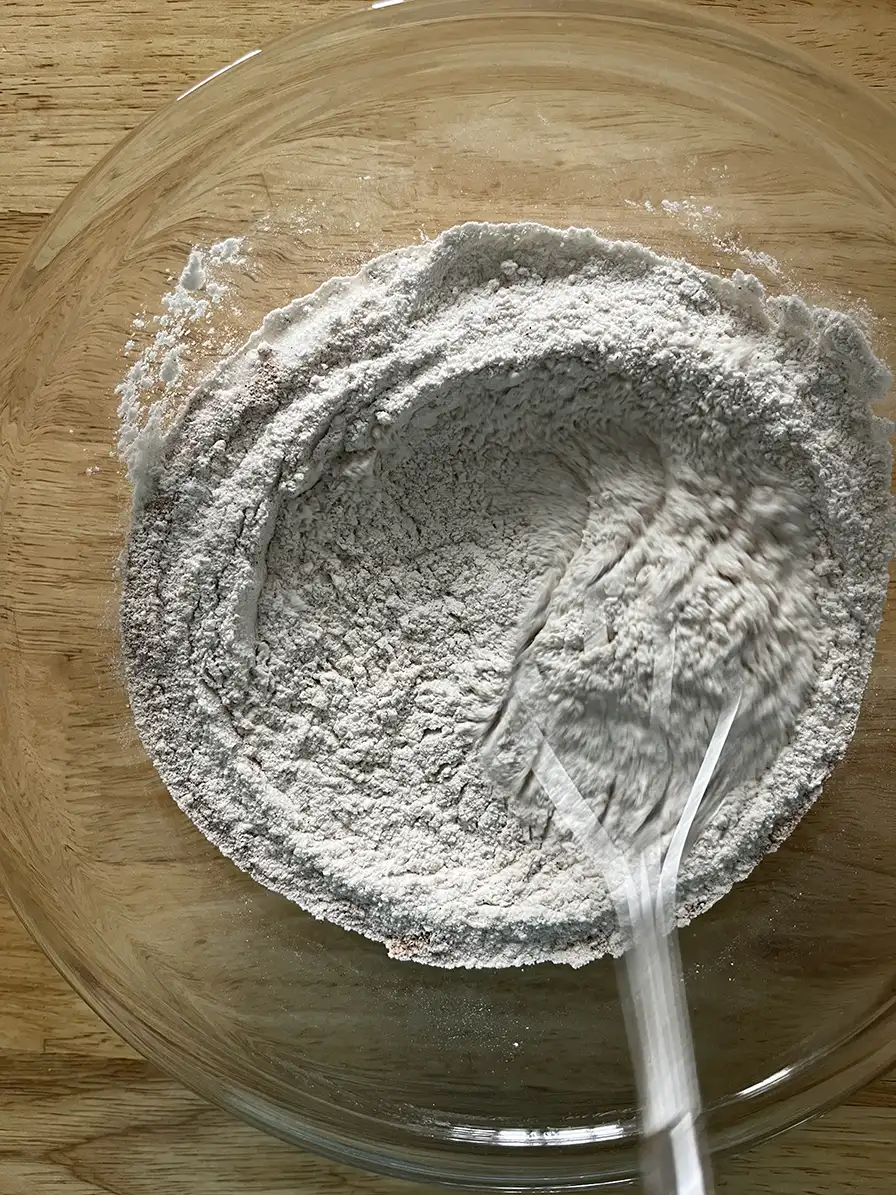
Get another bowl and add the milk, vanilla extract, cooled melted butter, and an egg. Whisk this until the egg is beaten and everything is combined.
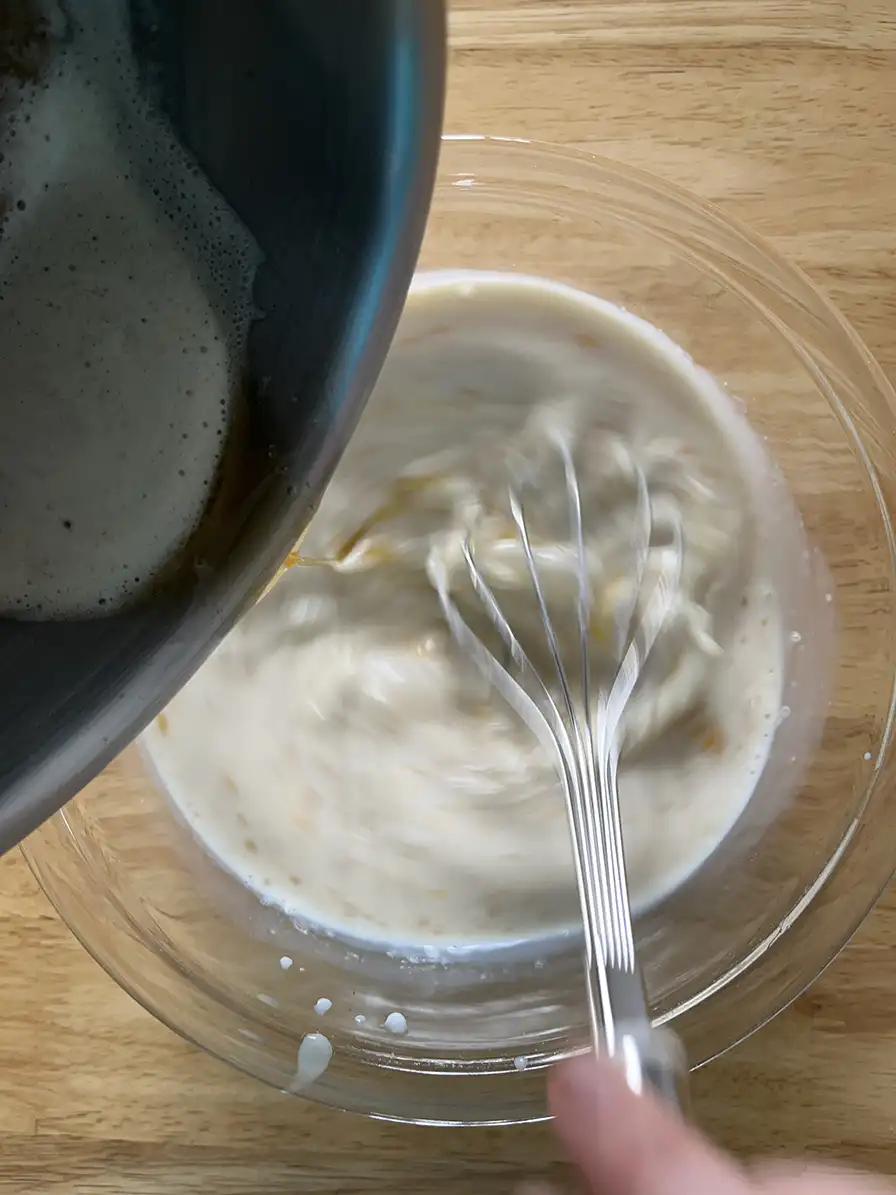
Come Together
Pour the wet ingredients into the dry, and combine that with a silicone spatula. Mix until you have a uniform batter.
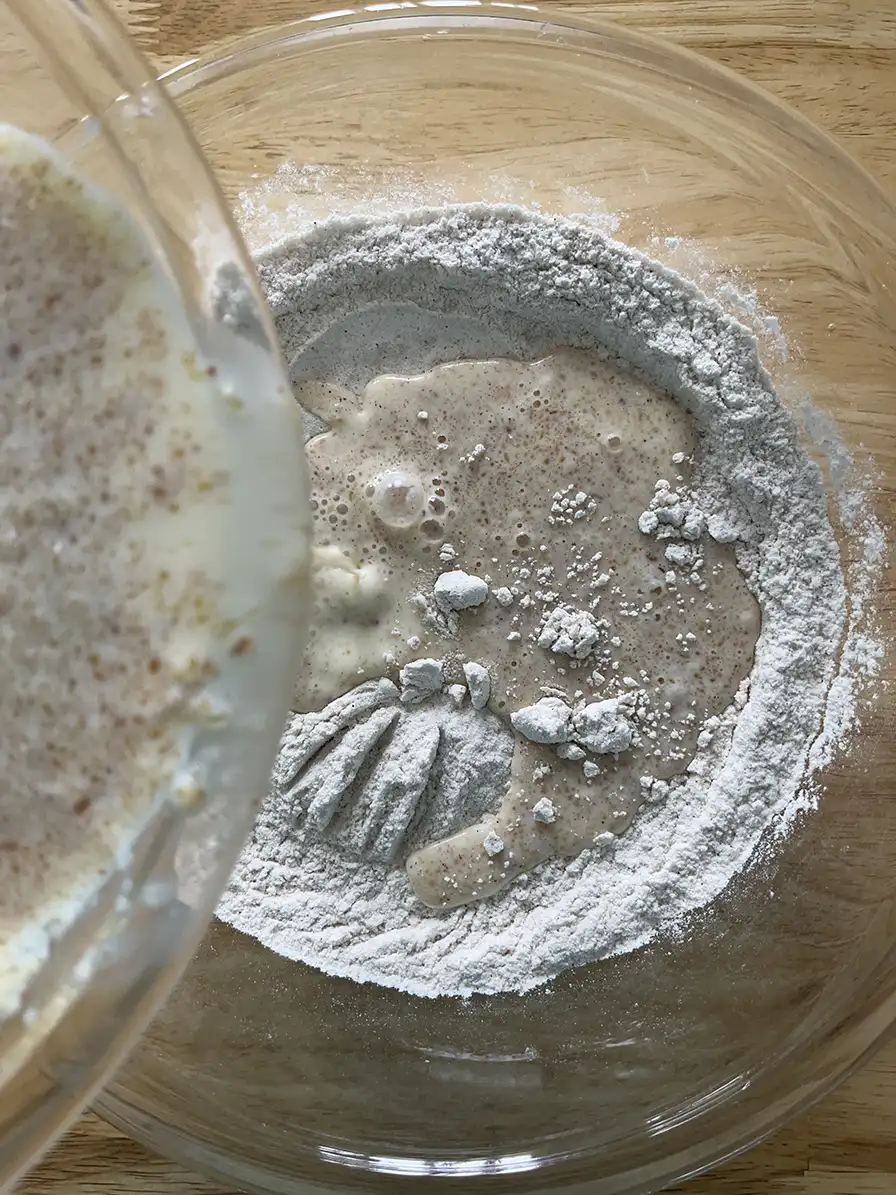
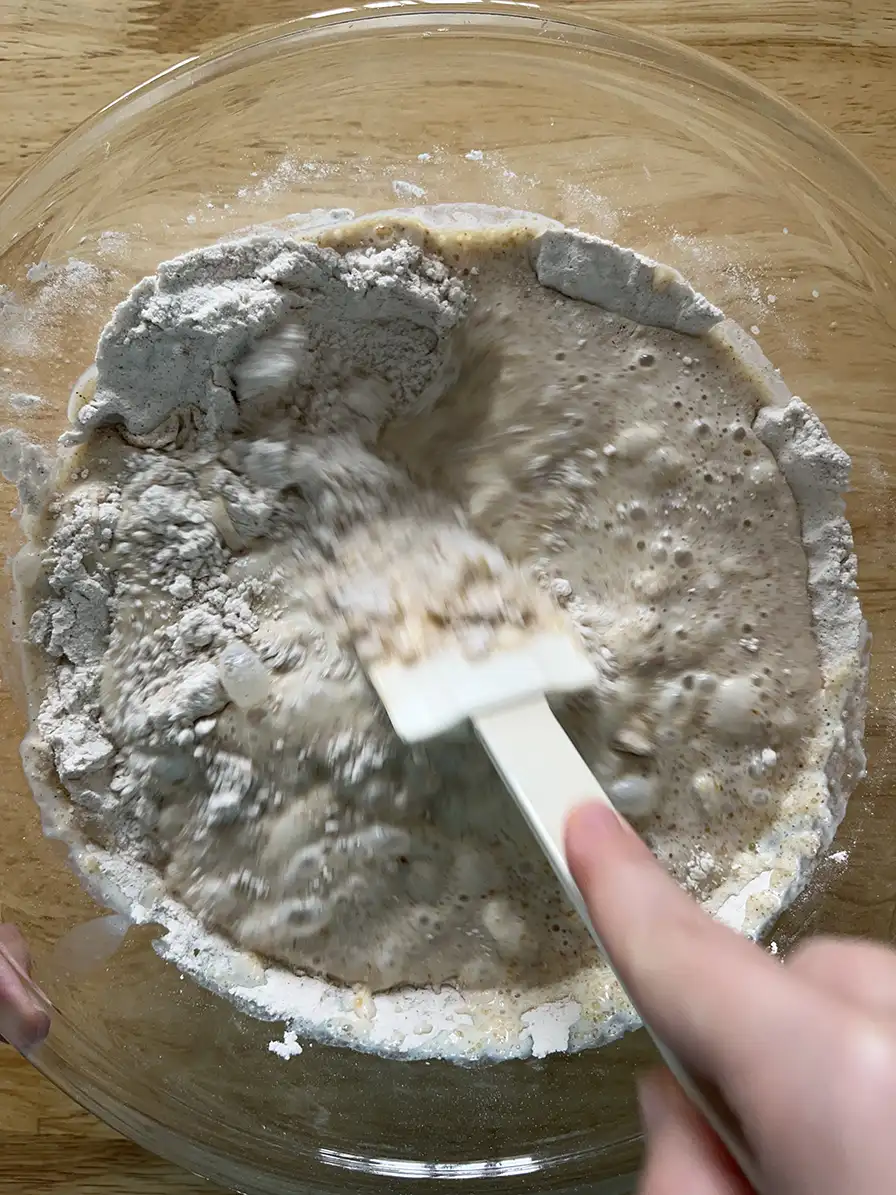
Add your shredded apple, and mix again to combine. let the batter rest for at least 15 minutes. Afterwards, add some neutral oil to a pan over medium heat.
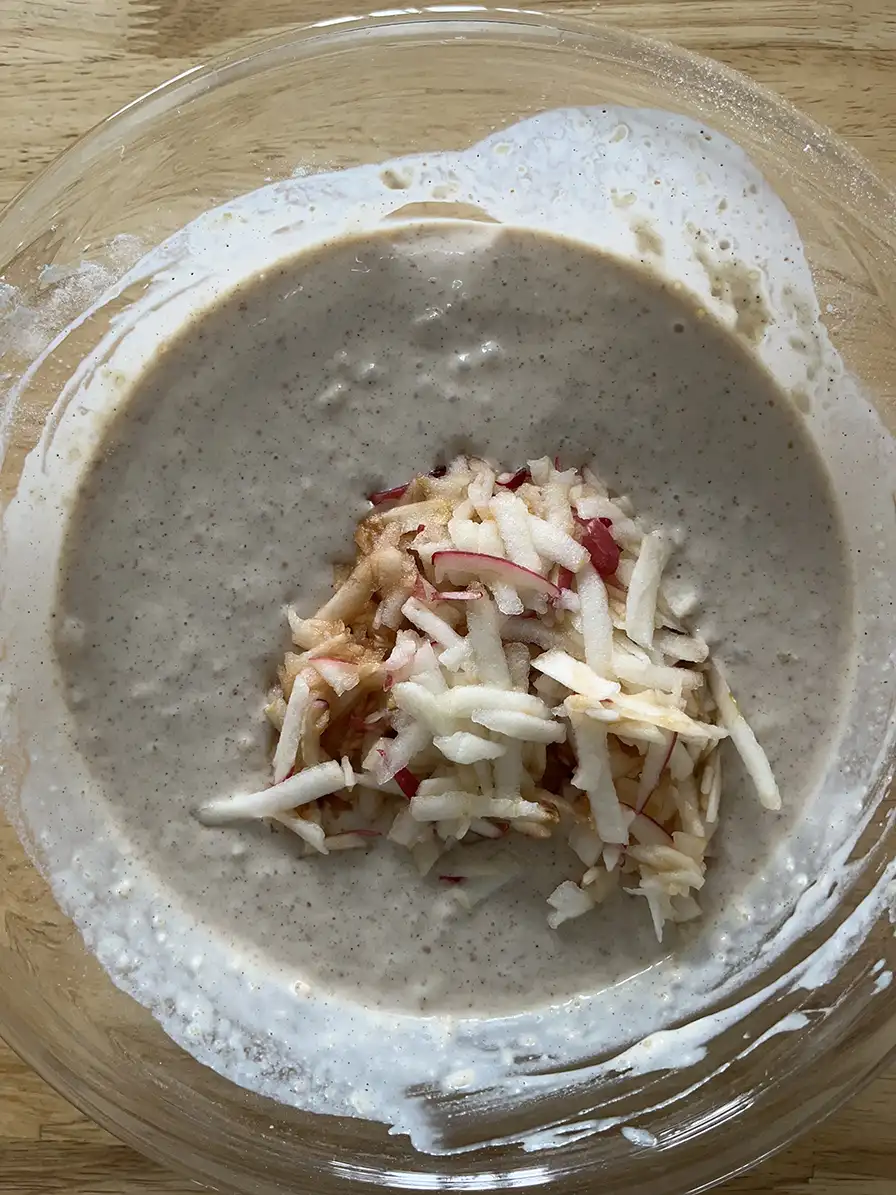
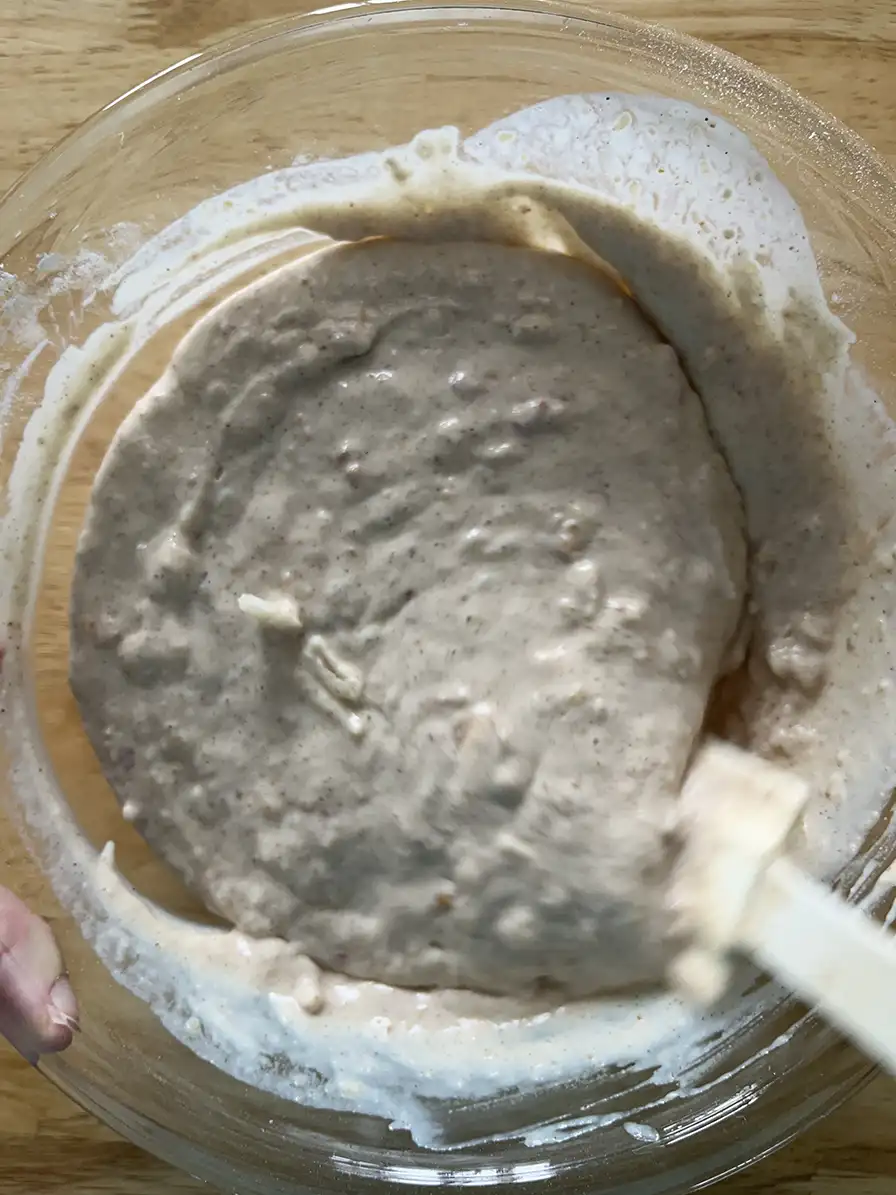
Crispy Business
Add the batter a 1/4 cup at a time to the hot pan, and allow to cook until bubbles form on the surface and the bottom is golden. When golden, flip them and cook until the other side is also golden. Avoid cooking too many pancakes at once - you want space between the pancakes to allow for crisping from a Maillard reaction.
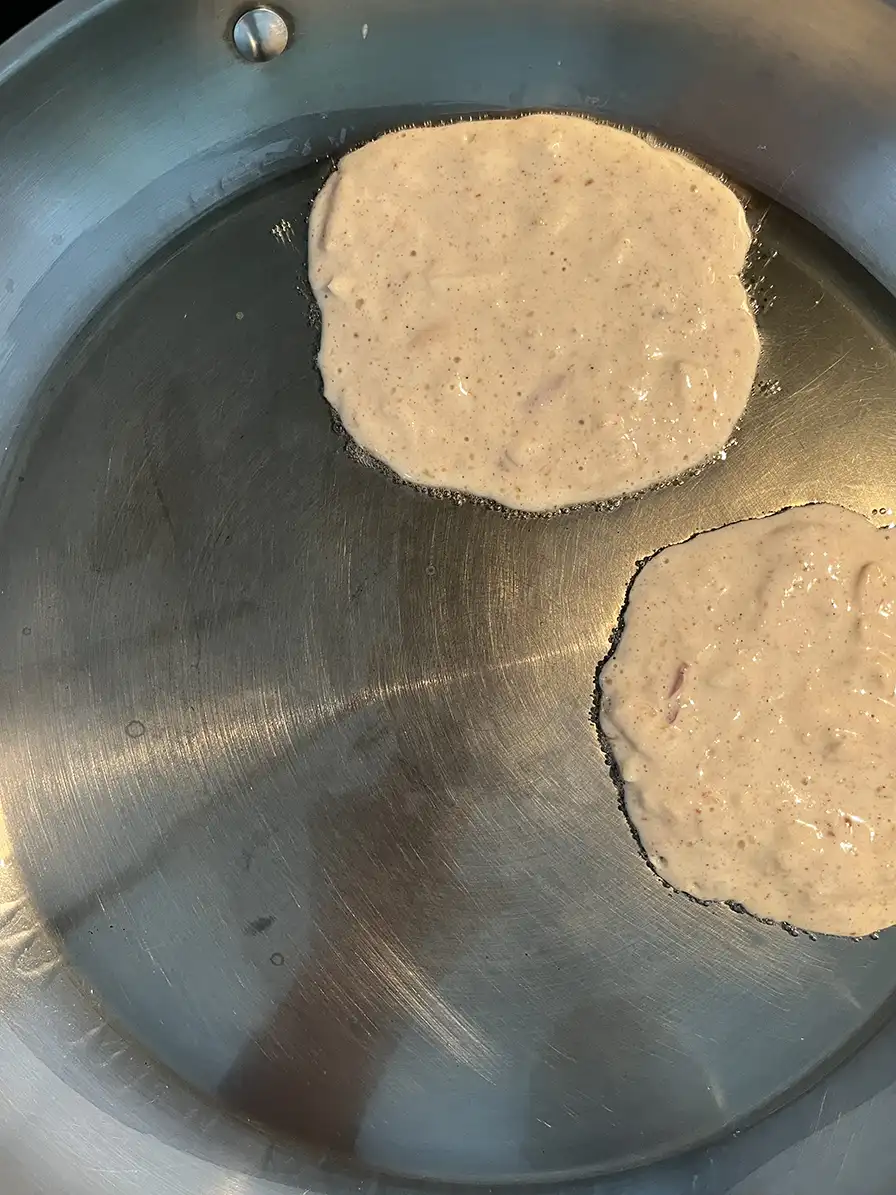
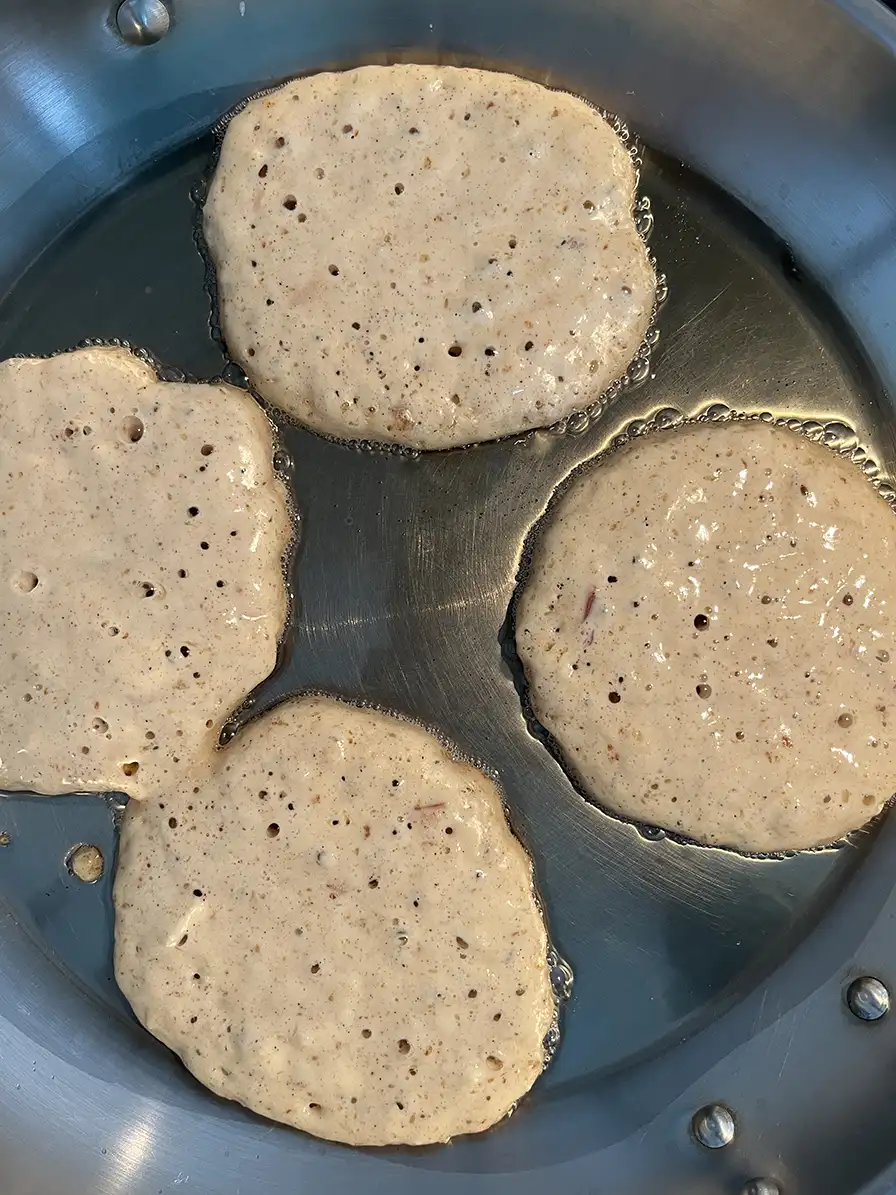
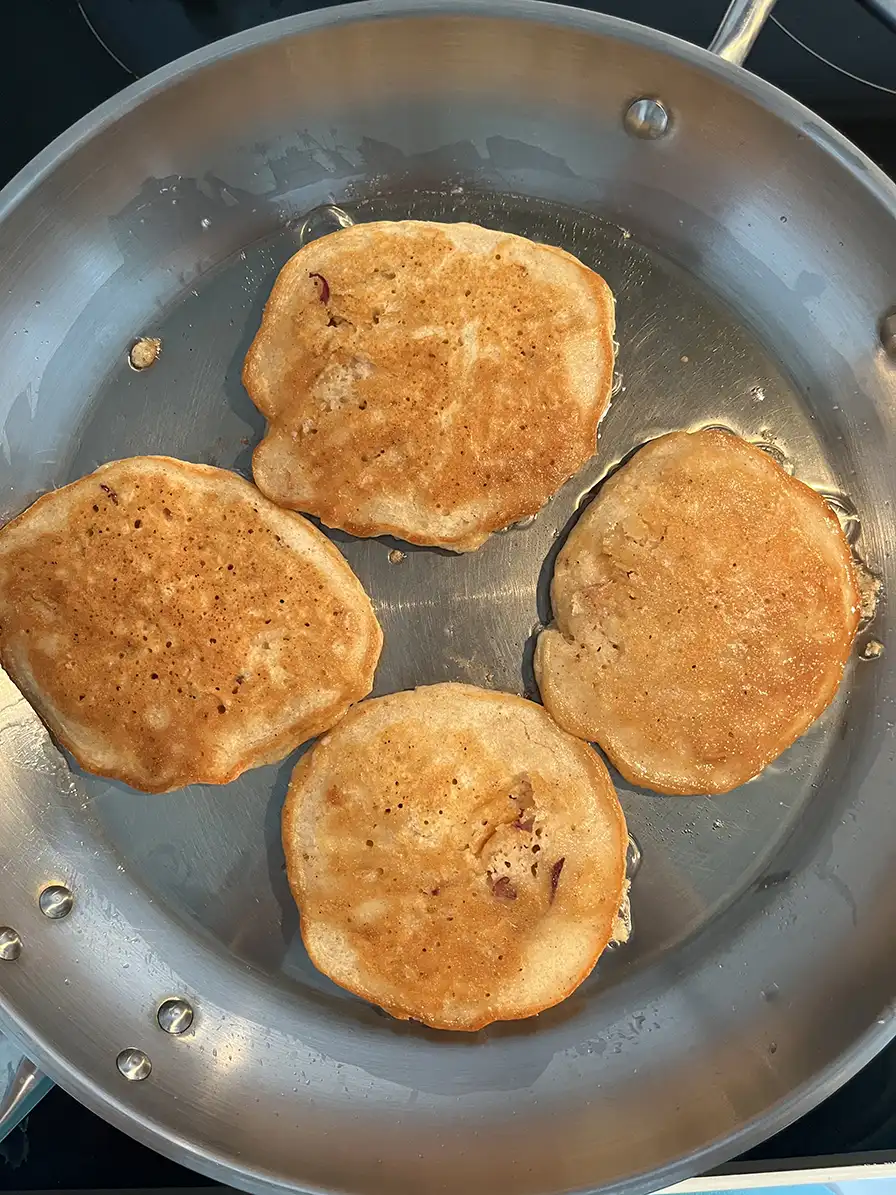
To keep your pancakes warm while you cook through the batter, you can keep them warm in your oven at the lowest setting. Once all the pancakes are done, serve them immediately with your favourite toppings: We used maple syrup and it worked beautifully.
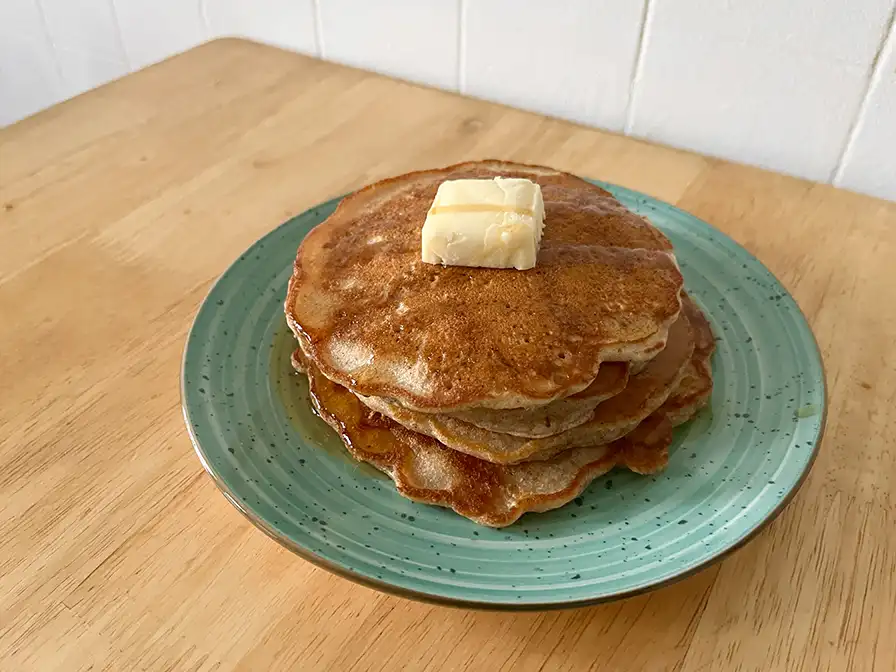
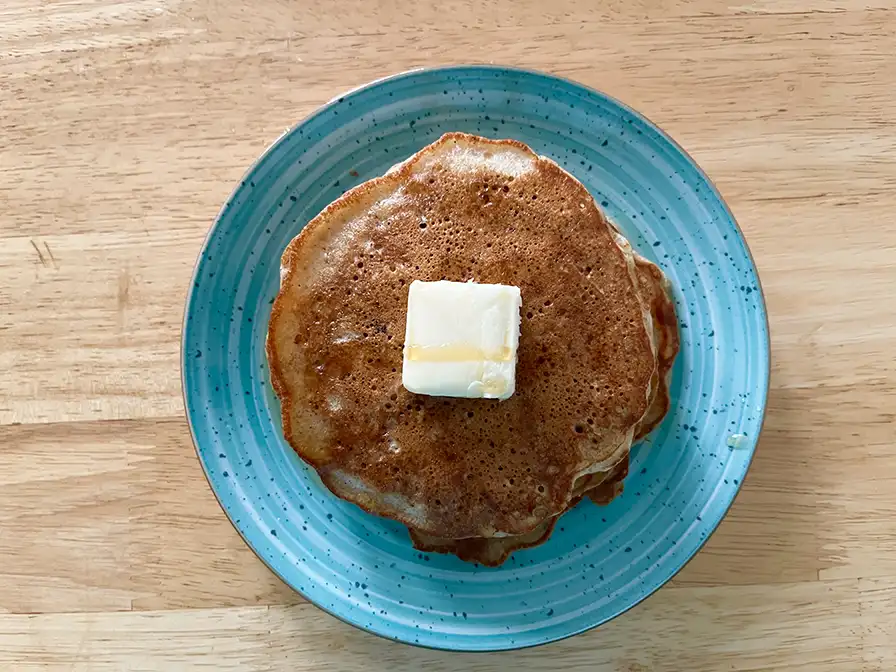
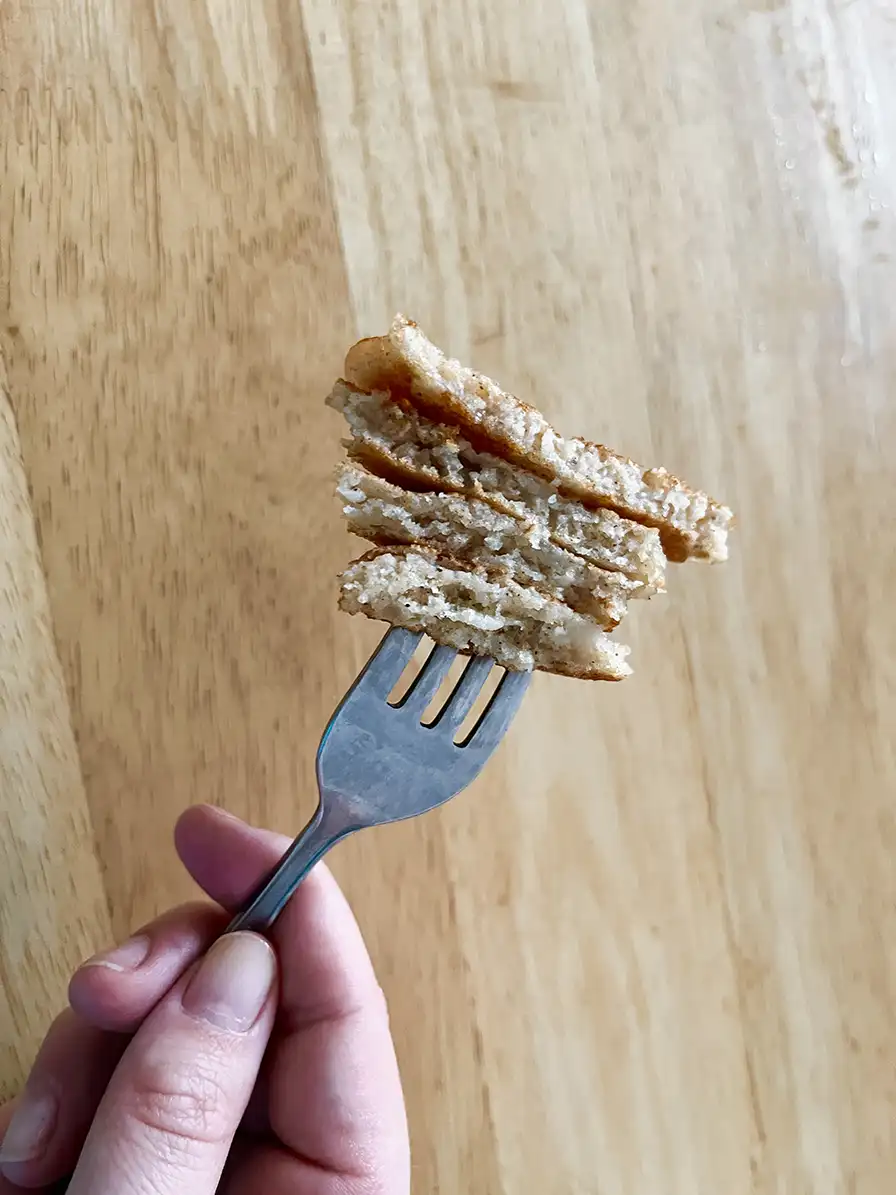
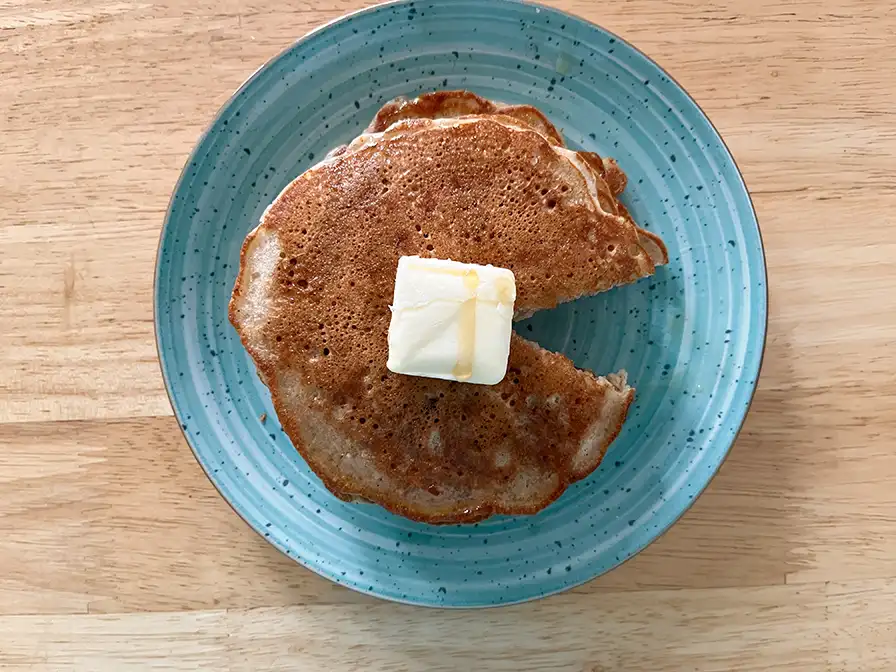
Apple Cinnamon Pancakes
- 2 cups (240 g) all purpose flour
- 1/4 cup (50 g) sugar
- 4 tsp (20 g) baking powder
- 1/4 tsp (1.2 g) baking soda
- 1/2 tsp (3 g) salt
- 1 tsp (2.6 g) cinnamon
- 2 cups (473 ml) whole milk
- 1/4 cup (57 g) butter
- 2 tsp (10 ml) vanilla extract
- 1 large egg
- 2 apples, shredded
- Small saucepan
- 2 bowls
- Whisk
- Silicone spatula
- Large
- In a small saucepan, melt the butter on low heat. Continue to cook the butter until it foams and the milk solids turn brown (about 5-10 minutes). Remove from heat and allow to cool.
- In a large bowl, add the flour, sugar, cinnamon, baking powder, baking soda, and salt. Whisk together until well-combined and set aside.
- In a separate bowl, add the milk, vanilla extract, melted butter, and an egg. Whisk to combine.
- Add the wet ingredients to the dry ingredients and mix with a silicone spatula until well-combined.
- Add the shredded apple, mix, then allow the batter to rest for at least 15 minutes.
- Meanwhile, heat a neutral oil in a pan over medium heat.
- Add the batter to the pan (1/4 cup/60 ml per pancake) and allow to cook until bubbles form on the surface and the bottom is golden. Flip the pancakes and cook until the other side is golden.
- Remove the pancakes from the pan and serve immediately with your favourite toppings.
